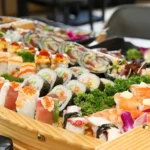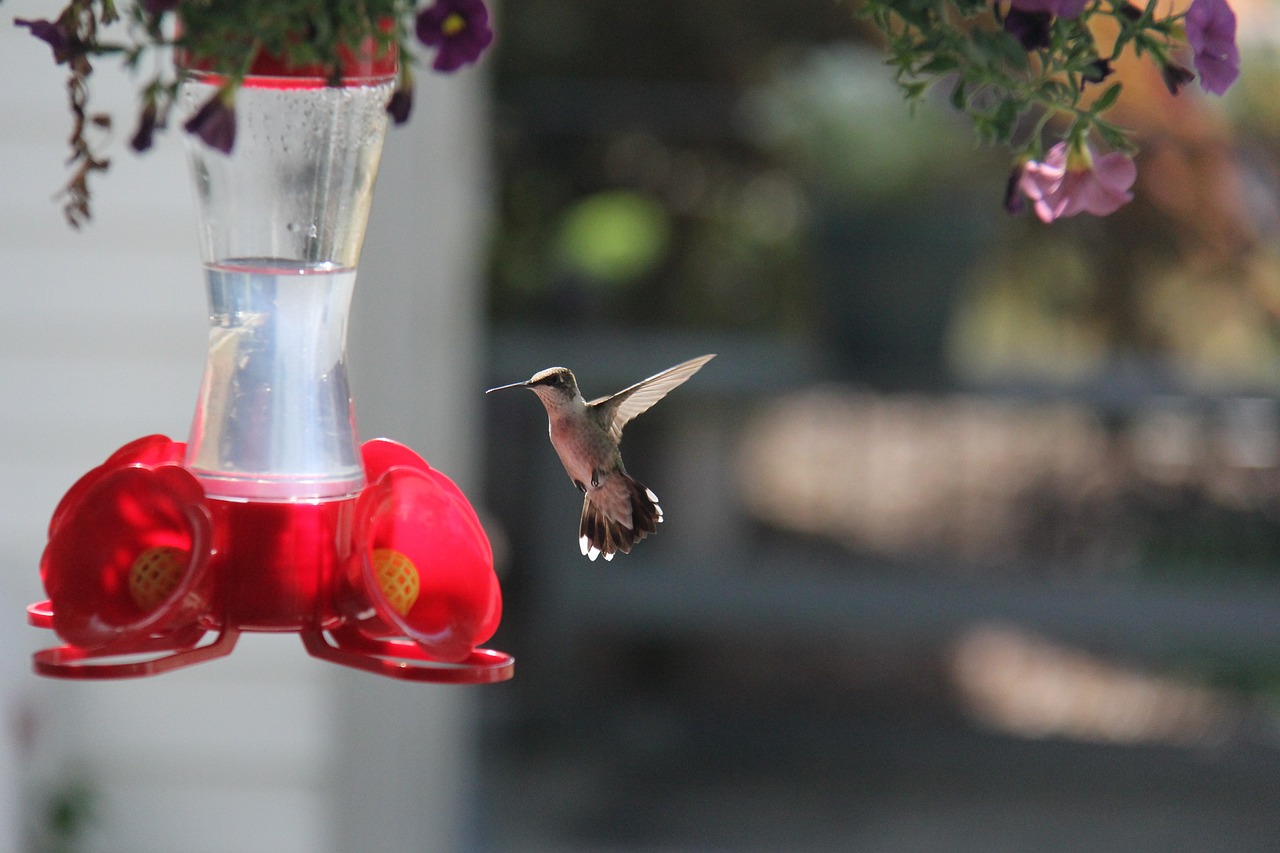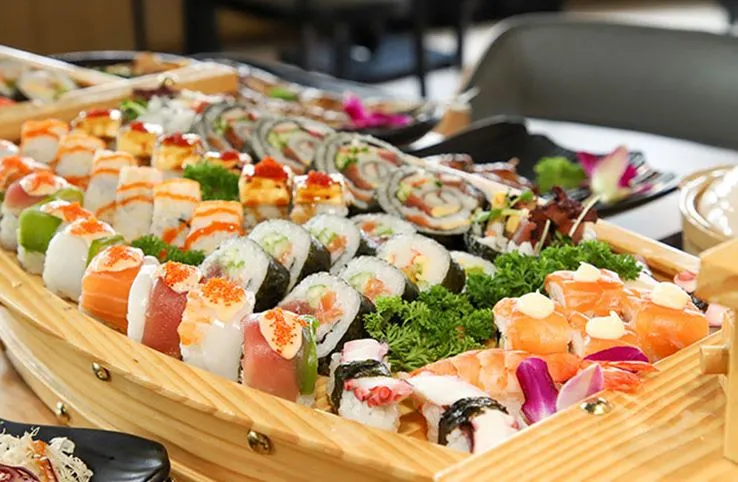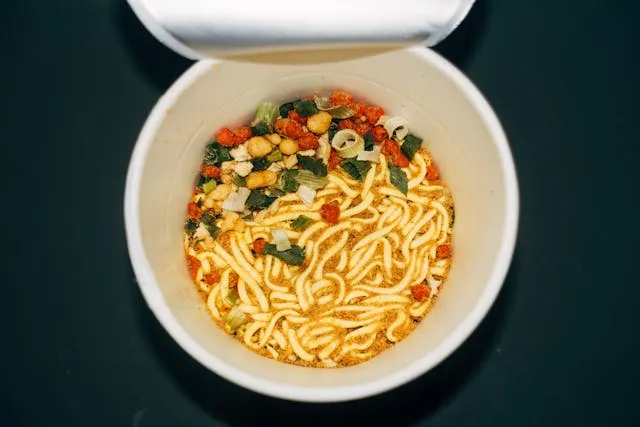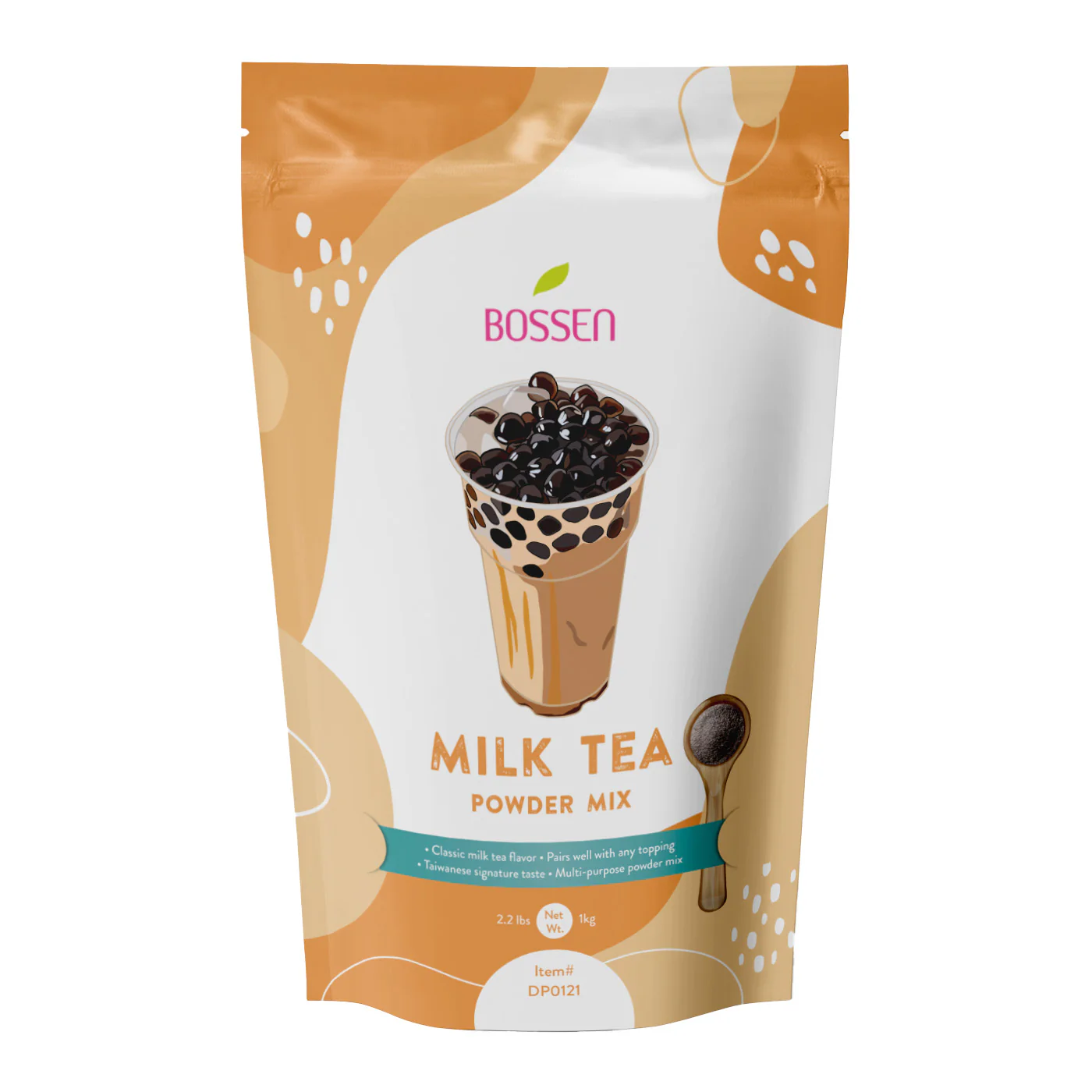What is Hummingbird Food?
Hummingbirds are among the most fascinating and beloved birds, known for their incredible ability to hover in mid-air and their remarkable metabolisms. In their natural habitats, these tiny winged creatures primarily feed on nectar from a variety of flowering plants. However, when nature’s nectar sources are scarce, backyard bird enthusiasts can supplement their diets with a simple homemade solution known as hummingbird food.
Hummingbird food is essentially a sugar-water mixture designed to mimic the sweet nectar that these birds crave. It provides them with the essential calories and energy they need to fuel their high-metabolism lifestyles. While hummingbirds also consume insects and other small invertebrates for protein, nectar serves as their primary source of sustenance.
“Hummingbirds are the jewels of the air, and providing them with a safe, reliable source of nectar is one of the greatest joys of backyard birding.” – Audubon Society
Offering hummingbird food in a feeder can attract these magnificent creatures to your yard, allowing you to observe their unique behaviors and vibrant colors up close. Not only does this provide an opportunity for bird watching, but it also helps support the local hummingbird population, especially during times when natural nectar sources are scarce.
Why Make Your Own Hummingbird Food?
While commercial hummingbird nectar products are readily available, there are several compelling reasons why making your own homemade hummingbird food is the better choice:
- Cost-Effective: Preparing your own hummingbird food is significantly more cost-effective than purchasing pre-made nectar solutions. The simple ingredients required (sugar and water) are inexpensive and readily available, allowing you to make large batches at a fraction of the cost.
- Control Over Ingredients: When you make your own hummingbird food, you have complete control over the ingredients used. This ensures that you’re providing the birds with a pure, unadulterated solution without any unnecessary additives, preservatives, or artificial colorings, which can potentially be harmful to their health.
- Freshness: Homemade hummingbird food is always fresh, ensuring that the birds receive the highest quality nectar. Commercial products may have been sitting on shelves for extended periods, potentially compromising their quality and nutritional value.
By making your own hummingbird food, you can rest assured that you’re offering these delicate creatures a safe, nutritious, and cost-effective source of sustenance.
Hummingbird Food Recipe
The recipe for homemade hummingbird food is incredibly simple and requires just two basic ingredients: white granulated sugar and water. Here’s the standard recipe:
Ingredients:
- 1 part white granulated sugar
- 4 parts water
Directions:
- In a saucepan, bring the desired amount of water to a boil.
- Once the water is boiling, gradually stir in the white granulated sugar, using the 1:4 sugar-to-water ratio. For example, if you’re using 1 cup of sugar, you’ll need 4 cups of water.
- Stir the mixture continuously until the sugar is completely dissolved.
- Once the sugar has dissolved, remove the saucepan from heat and allow the solution to cool to room temperature.
- Once cooled, the hummingbird food is ready to be poured into your clean feeder.
Note: It’s essential to follow the recipe precisely and avoid using any other types of sugars or sweeteners, as they can be harmful to hummingbirds. Additionally, never add any food coloring, as it’s unnecessary and potentially dangerous for the birds.
| Batch Size | Sugar | Water |
|---|---|---|
| Small | 1/4 cup | 1 cup |
| Medium | 1/2 cup | 2 cups |
| Large | 1 cup | 4 cups |
This simple recipe can be easily scaled up or down depending on the number of hummingbirds you expect to feed and the size of your feeder.
Tips for Preparing Hummingbird Food
While the recipe itself is straightforward, there are a few tips and tricks to keep in mind when preparing hummingbird food to ensure its quality and longevity:
- Boil the Solution: Boiling the sugar-water mixture serves two purposes: it helps to dissolve the sugar completely, and it also acts as a mild preservative, extending the shelf life of the hummingbird food. This is especially important during warmer weather when the nectar can spoil more quickly.
- Use Only White Granulated Sugar: It’s crucial to use only white granulated sugar when making hummingbird food. Avoid using other types of sugars, such as brown sugar, honey, or artificial sweeteners, as they can be harmful to hummingbirds or ferment more quickly, potentially causing digestive issues.
- Make Small Batches: While it’s tempting to make larger batches to save time, it’s generally recommended to prepare smaller quantities of hummingbird food at a time. This helps ensure that the solution stays fresh and doesn’t spoil before the birds can consume it.
- Change the Solution Frequently: Depending on the outdoor temperature, you should aim to change the hummingbird food every 3-5 days. In very hot weather, it may need to be changed even more frequently to prevent spoilage and the growth of harmful bacteria.
- Clean the Feeder Thoroughly: Before refilling your hummingbird feeder, be sure to clean it thoroughly with a solution of one part vinegar to four parts water. This will remove any mold, bacteria, or residue that could contaminate the fresh nectar you’re adding.
By following these simple tips, you can ensure that the hummingbird food you provide is fresh, safe, and appealing to these delicate and fascinating birds.
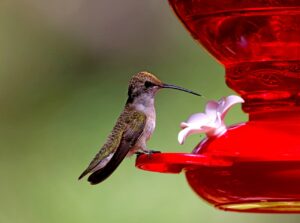
Attracting Hummingbirds to Your Feeder
Having the perfect hummingbird food recipe is just the first step. To successfully attract these winged jewels to your yard, you’ll need to consider the placement and setup of your feeder. Here are some tips to help increase your chances of success:
- Feeder Placement:
- Hummingbirds prefer feeders positioned in shaded areas, as direct sunlight can cause the nectar to spoil more quickly.
- Place the feeder approximately 5-6 feet away from nearby cover, such as trees or shrubs, as hummingbirds like to perch and rest between feedings.
- Position the feeder at eye level or slightly above, as this makes it easier for you to observe the birds and for them to spot the feeder.
- Feeder Accessories:
- Consider using an ant moat or similar device to prevent ants from accessing the nectar, as they can quickly contaminate the solution.
- Install a bee guard around the feeder ports to discourage bees and wasps from taking over the feeder.
- Provide hanging hooks or poles to secure the feeder, ensuring it’s stable and easy to access for cleaning and refilling.
- Landscaping:
- Plant a variety of nectar-rich flowers in your garden, such as petunias, fuchsias, and salvias. These will provide additional natural food sources and attract hummingbirds to your yard.
- Consider including a water feature, such as a small fountain or bird bath, as hummingbirds need to bathe and drink water regularly.
- Patience and Persistence:
- It may take some time for hummingbirds to discover your new feeder, so be patient and persistent. Once they find it, they’ll quickly become regular visitors, and you’ll be rewarded with their delightful presence.
By creating an inviting environment with the right feeder placement, accessories, and complementary landscaping, you’ll increase your chances of
Frequently Asked Questions
Even with the proper hummingbird food recipe and feeder setup, you may still have some lingering questions. Here are answers to some of the most commonly asked queries about making and offering hummingbird food:
Is red food coloring necessary? No, red food coloring is not necessary and should be avoided when making hummingbird food. While the bright red color may seem attractive to humans, it serves no purpose for the birds and can potentially be harmful if ingested in large quantities. Hummingbirds are naturally drawn to the sugary solution regardless of its color.
When is the best time to put out hummingbird feeders? The optimal time to set up your hummingbird feeders varies depending on your geographic location. Generally, it’s best to have your feeders ready in early spring, around two weeks before the first hummingbirds are expected to arrive in your area. This ensures that they have a reliable food source upon their arrival after their long migration. It’s also a good idea to keep your feeders up until late fall, providing sustenance for any lingering or migrating hummingbirds.
How often should I change the nectar solution? The frequency with which you need to change the hummingbird food in your feeder depends primarily on the outdoor temperature. In cooler weather, the nectar may last up to a week before needing to be replaced. However, during warmer months or periods of high heat, it’s generally recommended to change the solution every 3-5 days to prevent spoilage and the growth of harmful bacteria.
Do hummingbirds become dependent on feeders? No, hummingbirds do not become dependent on feeders in a way that would be detrimental to their survival. While they may become accustomed to visiting a reliable food source, hummingbirds are still capable of finding natural nectar sources and insects to sustain themselves. Feeders simply supplement their diet, especially during times when natural nectar is scarce or when they need extra energy for migration or breeding.
Extra Tips and Advice
To further enhance your experience in attracting and supporting hummingbirds, consider these additional tips and advice:
- Observe Feeding Patterns: Take the time to observe the hummingbirds’ feeding patterns and behaviors around your feeder. Note the times of day when they seem most active, as well as any preferred perching spots or territories they establish. This knowledge can help you adjust the feeder placement or add additional feeders to better accommodate their needs.
- Provide Multiple Feeders: If you have a large number of hummingbird visitors, it may be beneficial to set up multiple feeders around your yard. This helps reduce competition and ensures that all birds have access to the food source. Just be sure to space the feeders far enough apart to discourage territorial disputes.
- Plant a Hummingbird Garden: In addition to offering hummingbird feeders, consider planting a dedicated hummingbird garden filled with nectar-rich flowers. This not only provides a natural food source but also creates a beautiful and inviting environment for these winged wonders. Some excellent choices include:
- Trumpet vines
- Bee balms
- Fuchsias
- Petunias
- Salvias
- Research Local Species: Take the time to research the specific hummingbird species that are native or migratory to your area. Understanding their unique behaviors, preferences, and migration patterns can help you better cater to their needs and provide the most suitable environment.
- Join a Local Birding Club: Consider joining a local birding club or organization dedicated to hummingbird conservation and education. These groups can provide valuable resources, advice, and opportunities to connect with like-minded enthusiasts, furthering your knowledge and appreciation for these remarkable creatures.
By following these additional tips and seeking out educational resources, you’ll not only enhance your hummingbird-attracting efforts but also develop a deeper understanding and appreciation for these fascinating birds.
“The hummingbird’s delightful metaphor resonates strength, resilience, and determination in my life’s journey.” – Suzy Kassem, Author
With its delicate beauty, remarkable agility, and unwavering determination, the hummingbird has captured the hearts of bird enthusiasts and nature lovers worldwide. By providing a reliable and safe source of nourishment through homemade hummingbird food, you’ll have the opportunity to witness these winged wonders up close and contribute to their well-being. Whether you’re an experienced backyard birder or just beginning your journey, the joy and wonder of attracting hummingbirds to your yard is an experience like no other.

